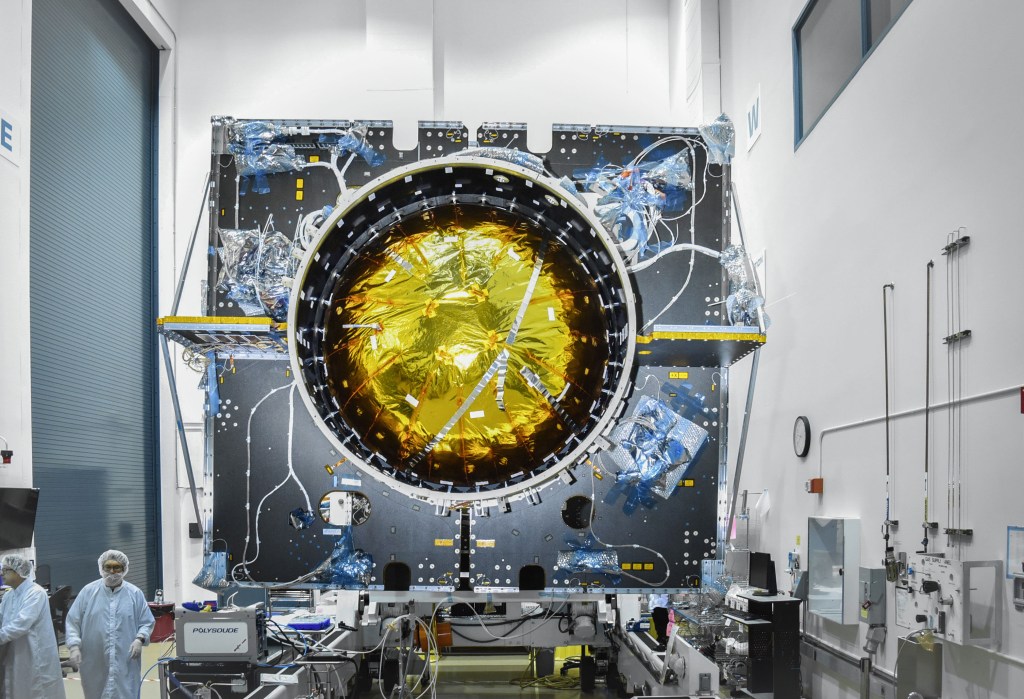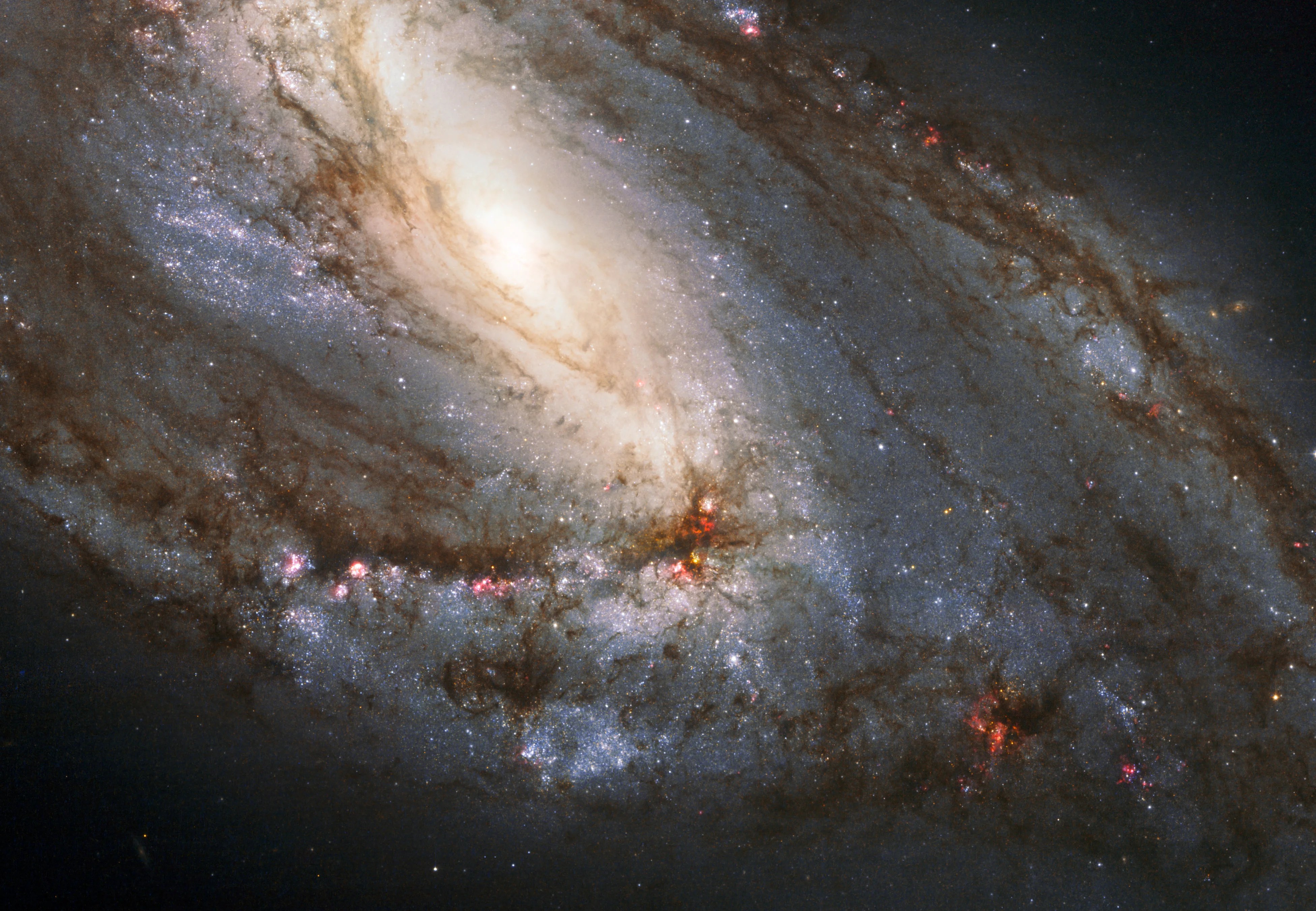Infrared and Radar Views of Titan
| PIA Number | PIA09035 |
|---|---|
| Language |
|
This set of composite images was constructed from the best Cassini radar data and visual and infrared mapping spectrometer data obtained from all the Titan flybys up to the most recent flyby on Oct 25 (T20).
The globe to the upper right is centered on 0 degrees longitude, and each of the other globes is labeled as to which longitude appears at the center of the disk. The two rightmost images in the bottom row are of the north and south poles of Titan, respectively. The two instruments provide complementary data, all of which is required to understand the geologic processes that have shaped the surface of Titan over the age of the solar system.
The images were taken at wavelengths of 1.3 microns shown in blue, 2 microns shown in green, and 5 microns shown in red.
The Cassini-Huygens mission is a cooperative project of NASA, the European Space Agency and the Italian Space Agency. The Jet Propulsion Laboratory, a division of the California Institute of Technology in Pasadena, manages the mission for NASA's Science Mission Directorate, Washington, D.C. The Cassini orbiter was designed, developed and assembled at JPL. The Visual and Infrared Mapping Spectrometer team is based at the University of Arizona where this image was produced. The radar instrument was built by JPL and the Italian Space Agency, working with team members from the United States and several European countries.
For more information about the Cassini-Huygens mission http://saturn.jpl.nasa.gov/home/index.cfm . The visual and infrared mapping spectrometer team homepage is at http://wwwvims.lpl.arizona.edu.
Credit: NASA/JPL/University of Arizona
























